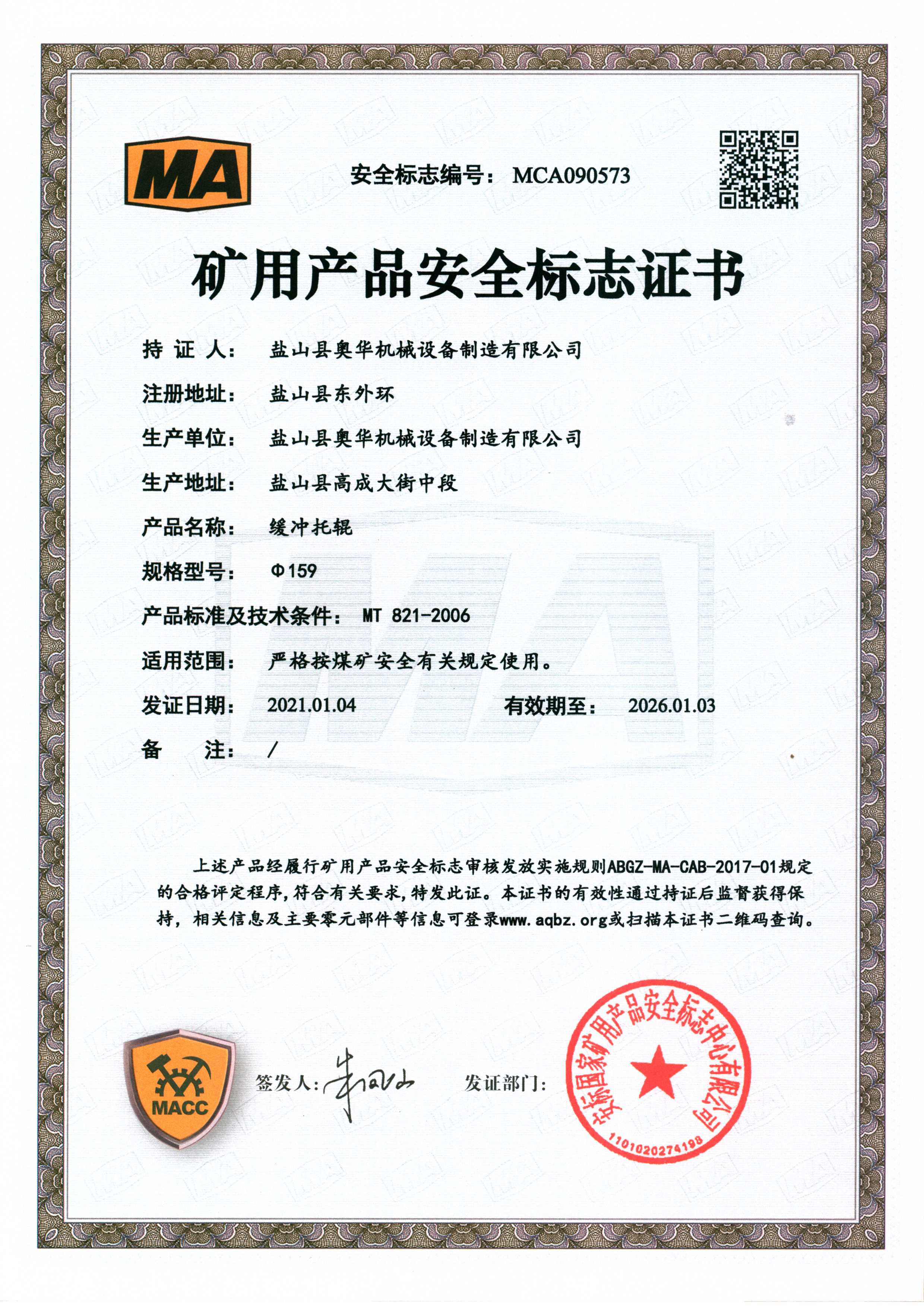 Afrikaans
Afrikaans  Albanian
Albanian  Amharic
Amharic  Arabic
Arabic  Armenian
Armenian  Azerbaijani
Azerbaijani  Basque
Basque  Belarusian
Belarusian  Bengali
Bengali  Bosnian
Bosnian  Bulgarian
Bulgarian  Catalan
Catalan  Cebuano
Cebuano  Corsican
Corsican  Croatian
Croatian  Czech
Czech  Danish
Danish  Dutch
Dutch  English
English  Esperanto
Esperanto  Estonian
Estonian  Finnish
Finnish  French
French  Frisian
Frisian  Galician
Galician  Georgian
Georgian  German
German  Greek
Greek  Gujarati
Gujarati  Haitian Creole
Haitian Creole  hausa
hausa  hawaiian
hawaiian  Hebrew
Hebrew  Hindi
Hindi  Miao
Miao  Hungarian
Hungarian  Icelandic
Icelandic  igbo
igbo  Indonesian
Indonesian  irish
irish  Italian
Italian  Japanese
Japanese  Javanese
Javanese  Kannada
Kannada  kazakh
kazakh  Khmer
Khmer  Rwandese
Rwandese  Korean
Korean  Kurdish
Kurdish  Kyrgyz
Kyrgyz  Lao
Lao  Latin
Latin  Latvian
Latvian  Lithuanian
Lithuanian  Luxembourgish
Luxembourgish  Macedonian
Macedonian  Malgashi
Malgashi  Malay
Malay  Malayalam
Malayalam  Maltese
Maltese  Maori
Maori  Marathi
Marathi  Mongolian
Mongolian  Myanmar
Myanmar  Nepali
Nepali  Norwegian
Norwegian  Norwegian
Norwegian  Occitan
Occitan  Pashto
Pashto  Persian
Persian  Polish
Polish  Portuguese
Portuguese  Punjabi
Punjabi  Romanian
Romanian  Russian
Russian  Samoan
Samoan  Scottish Gaelic
Scottish Gaelic  Serbian
Serbian  Sesotho
Sesotho  Shona
Shona  Sindhi
Sindhi  Sinhala
Sinhala  Slovak
Slovak  Slovenian
Slovenian  Somali
Somali  Spanish
Spanish  Sundanese
Sundanese  Swahili
Swahili  Swedish
Swedish  Tagalog
Tagalog  Tajik
Tajik  Tamil
Tamil  Tatar
Tatar  Telugu
Telugu  Thai
Thai  Turkish
Turkish  Turkmen
Turkmen  Ukrainian
Ukrainian  Urdu
Urdu  Uighur
Uighur  Uzbek
Uzbek  Vietnamese
Vietnamese  Welsh
Welsh  Bantu
Bantu  Yiddish
Yiddish  Yoruba
Yoruba  Zulu
Zulu conveyor belt idlers
Understanding Conveyor Belt Idlers
Conveyor belts are essential components of various industries, efficiently transporting materials across vast distances. To ensure the smooth operation of conveyor systems, idlers play a crucial role. Idlers are rollers that support the conveyor belt and help maintain its tension, alignment, and overall functionality. This article explores the various aspects of conveyor belt idlers, including their types, functions, materials, and importance.
Types of Idlers
Conveyor belt idlers come in several types, each designed to serve specific purposes. The most common types include
1. Carry Idlers These idlers support the section of the belt that carries the material. They are typically positioned at intervals along the belt and help maintain its shape while enabling efficient material transport.
2. Return Idlers Located on the return section of the belt, these idlers guide the belt back to its starting point. They help to keep the belt aligned and minimize wear.
3. Impact Idlers Placed at loading points, impact idlers provide additional support to the belt during the transfer of heavy materials, reducing stress and potential damage.
4. Training Idlers These are used to correct the belt’s alignment. Proper alignment prevents the belt from drifting off its designated path, minimizing the risk of damage and ensuring operational efficiency.
Functions of Idlers
The principal functions of conveyor belt idlers include
- Support Idlers support the weight of the conveyor belt and its load, distributing forces evenly to prevent belt sagging and excessive wear over time
.- Alignment They help maintain the proper alignment of the conveyor belt, which is crucial for avoiding operational issues that can lead to increased maintenance costs or even complete system failure.
conveyor belt idlers

- Tension Maintenance Idlers help maintain the necessary tension in a conveyor system. Proper tensioning is crucial for effective operation, as it prevents slippage and ensures the belt remains in contact with the driving rollers.
- Load Distribution By distributing the weight of the material being transported, idlers prevent localized wear and damage to the belt and extend its operational lifespan.
Materials Used in Idler Manufacturing
Idlers are manufactured from several materials, with the choice often dictated by the operational environment and the materials they will encounter. Common materials include
- Steel This is one of the most widely used materials due to its strength and durability. Steel idlers are suitable for heavy-duty applications where robustness is required.
- Plastic Lightweight and resistant to corrosion, plastic idlers are often chosen for lighter applications and environments where moisture is a concern.
- Rubber In some situations, rubber-covered idlers provide enhanced traction and reduce noise during operation, contributing to a quieter work environment.
Importance of Idlers in Conveyor Systems
The significance of idlers cannot be overstated. They not only support the conveyor belt but also contribute to the overall efficiency and longevity of the system. Properly maintained idlers can reduce friction, prevent misalignment, and minimize the risk of wear and tear on the conveyor belt. Conversely, neglecting idler maintenance can lead to operational disruptions, increased downtime, and significant repair costs.
Conclusion
In summary, conveyor belt idlers are indispensable components in modern material handling systems. Their various types, functions, and materials play crucial roles in supporting and maintaining the conveyor belt's efficiency. Understanding the importance of idlers and their proper maintenance can lead to more reliable and efficient conveyor belt operations, ultimately enhancing productivity across various industries.
-
Revolutionizing Conveyor Reliability with Advanced Rubber Lagging PulleysNewsJul.22,2025
-
Powering Precision and Durability with Expert Manufacturers of Conveyor ComponentsNewsJul.22,2025
-
Optimizing Conveyor Systems with Advanced Conveyor AccessoriesNewsJul.22,2025
-
Maximize Conveyor Efficiency with Quality Conveyor Idler PulleysNewsJul.22,2025
-
Future-Proof Your Conveyor System with High-Performance Polyurethane RollerNewsJul.22,2025
-
Driving Efficiency Forward with Quality Idlers and RollersNewsJul.22,2025





























